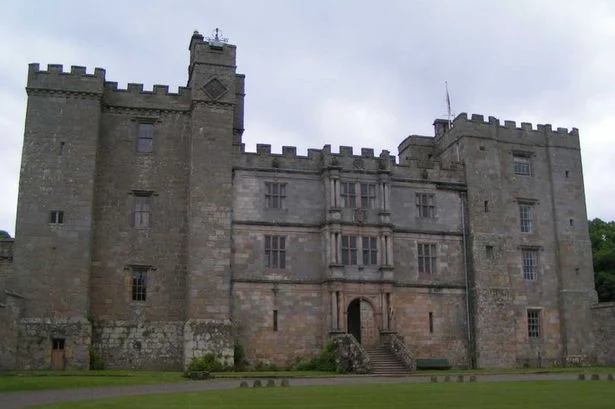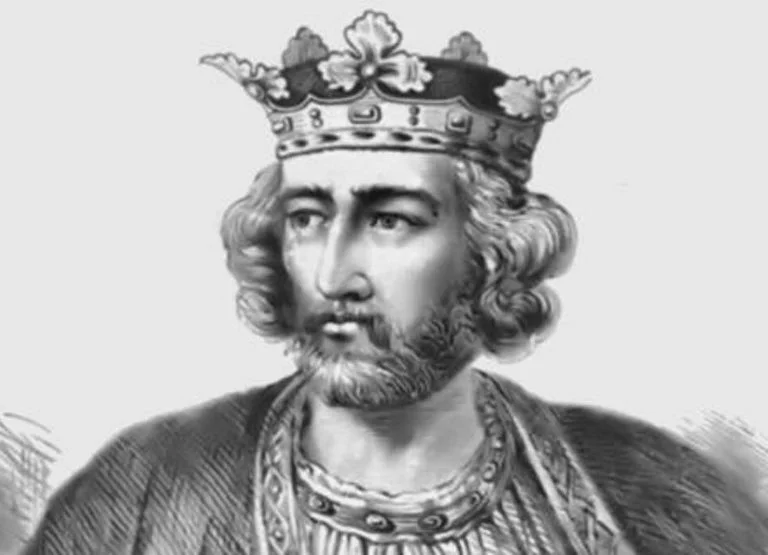The dark history of Chillingham castle

There are numerous old castles with their histories, sometimes quite violent. One of them is Chillingham Castle in the UK.
For nearly a millennium of its life, it managed to become a refuge for a nunnery, transform into a family estate, survive the reorganization into a military installation, and again become the nest of the Grey family, accessible to visitors. However, Chillingham is renowned as an architectural marvel and as a location where many spirits dwell.
Heritage Monastery
Chillingham was constructed in the 12th century. However, in reality, its history starts many millennia earlier, in the Bronze Age. During the Second World War, a sort of excavation was carried out on the castle grounds by German prisoners of war.

This enabled the finding of the remnants of silicon arrowheads, artifacts from deer antlers and other items from the Bronze Age. Most likely, once at a time, a hunting camp was built on the site of the eventual building of the castle.
When the period transitioned to the Iron Age, an outpost called Chillington was established close to Ross Hill. Historians are inclined to think that the name derives from “Ceofel’s estate” because this name was often shortened as “Chill.”
The site of the castle was very problematic in terms of geography – practically on the exact boundary between England and Scotland, which were in a state of constant deadly conflict. Perhaps this was the rationale for selecting this location for the building of a nunnery – an excellent site for humility and asceticism.
In 1246, a clever official transferred the abandoned monastery to private hands. Now the castle has become the ancestral home of the Grey family.
In the name of war
The Greys took care of their property carefully. They performed repairs, renovated the walls, even cut through the windows in the tower (and given the price of glass, it cost them a small fortune) when Edward I himself deigned to pay a visit to their monastery. The monarch would fight with William Wallace and chose to take a break from the field conditions.
In reality, several kings visited Chillingham, including King Henry III, James I, and Charles I shortly before his incarceration.

During one of the visits of Edward I, it dawned on how essential, from the point of view of military tactics, the site of the castle was. The very following day, Chillingham became the property of the crown and converted into a military station.
Chillington Dungeon started to fill with enemy captives – Scottish women and children, as well as soldiers and spies. Historians have it that King Edward personally selected a man to deal with them: John Sage.

The earliest ghosts
When a leg injury forced Sage to leave the battlefield, he begged the king to give him a position of duty. Edward designated him as executioner at Chillington Castle. Sage was a sadist and despised Scots. During the three years of the conflict, he was reported to torture approximately 50 captives a week.
When the battle finished, Sage burnt the remaining adult captives to death in the castle grounds while their children watched from the so-called Edward’s Room or Killing Room. The children did not survive either
A total of 7,500 Scottish prisoners perished at Chillington. Their corpses lay at the bottom of the lake.
John Sage also met his end at Chillington. Sage murdered his mistress Elizabeth Charlton one evening. Unfortunately for Sage, the girl’s father was the head of strong Border Reivers – gangs who attacked the frontier regions but were essential to the battle against the Scots.
Inconsolable father warned the king that either he would be handed a bastard or move over to the side of the Scots. Edward had no option. Sage was condemned to be hung at Chillington. But he had too many opponents, so Sage did not survive to witness the execution.
Ghost sightings
Not just Sage walks with a restless spirit around the corridors of a vast castle. He, like the Canterville Ghost, rings at night with chains and moans loudly.
A large number of individuals were immured in the dungeons. It is claimed that the ghost of a young child, who can be seen fairly frequently at night, is searching for his father. The kid was clothed in blue, wailed loudly and shouted at his arrival. It was surrounded by a brilliant light, for which the ghost earned its moniker – the Shining( or blue) boy.
The ghost most frequently appeared in or around the Pink Living Room. During one of the restorations, the bones of a kid were discovered in the chamber walls. His clothing deteriorated, but most likely, they were blue. According to tradition, a curious child found certain secret papers, for which he was walled up in the wall along with hazardous documents.
Guarding marital fidelity
It is said that Sage cursed the castle itself and all its following owners before his death. When the ownership of Chillingham was in the hands of the Berkeleys, no one was shocked by the impending conflict in the apparently wealthy family.
It all began with trivial quarrels. And then, through a casual goodbye letter, Mary Berkeley discovered that she was bored of her husband, and he would now start a family with her sister Henrietta.
The news shattered the woman’s heart. She lived alone for a few years, following which she died in 1710. It is said that as soon as the unfaithful spouse enters the threshold of the castle, the watchful Lady Berkeley quickly descends from her picture to reveal the bastard.
And again, the conflict
The castle passed from hand to hand. Each subsequent owner attempted to make it even more attractive. This is how new walls arose; a beautiful park was built out. Chillingham became a location of “aristocratic hangouts” – the British and French courts kings came here. And then the battle started anew.
The troops did not suffer from piety for antiquity and luxury. Therefore, the entire garden went to kindling; following the unique species of trees in the battle against the British frost and cold, all the pieces of furniture collapsed. The castle fell into ruin and was on the brink of collapse.
The Grey family calculated the expenses of repairing and maintaining a large mound of stones, which once lovely Chillingham transformed into after World War II. It turned out to be simply a bottomless hole for money. Grey handed up all rights to the castle. Otherwise, they would have gone bankrupt.
Modern Chillingham

The destiny of the fortress would be unenviable. However, towards the end of the twentieth century, Sir Humphry Wakefield was not afraid to purchase it back. Reconstruction, according to the plans of the days of James IV, cost him a lot. But he thought it a suitable present to his bride, who was a descendant of those same Greys.
Sir Wakefield not only fully rebuilt the castle but also offered it to visitors. Now everyone might touch the dismal walls of Chillingham. And in 1998, the castle permanently joined the history of cinema, becoming the primary site of events in the film “Elizabeth” starring Cate Blanchett in the title role.
Although most of the castle’s history is recorded, there are still some blank places. The number of people who perished inside the walls of Chillingham is not stated. Perhaps, in reality, Chillingham’s history is no more horrific and tainted with blood than any other medieval stronghold in England, such as the Tower of London or Warwick Castle. However, the discovered remains remain proof of horrible occurrences, no matter how unrecorded they are.




